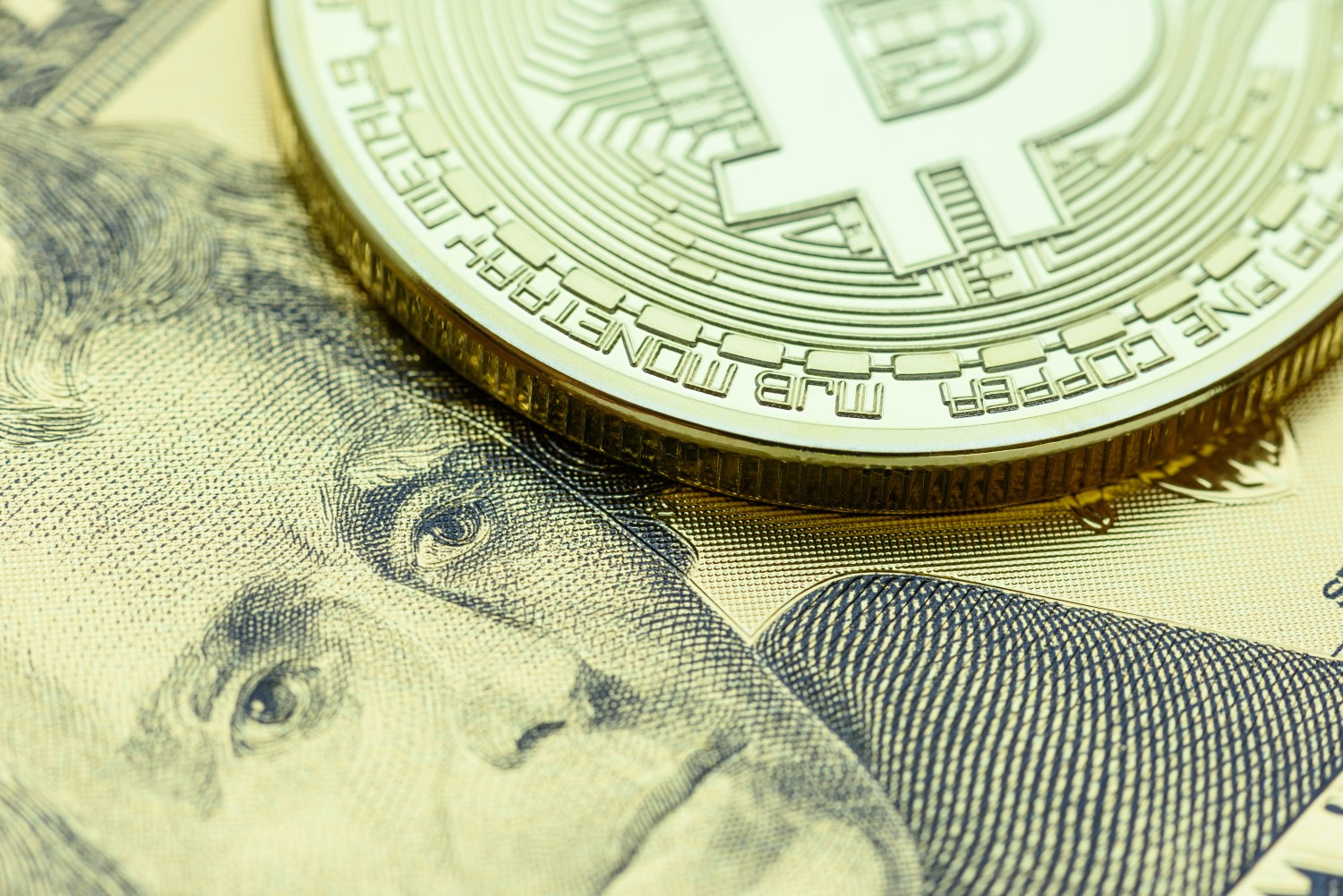The Intrinsic Value of Crypto (What the Bubble Hasn’t Changed)

Hu Liang is co-founder and CEO at Omniex, an institutional trading platform for crypto assets, and a former senior vice president of State Street.
The following is an exclusive contribution to CoinDesk’s 2018 Year in Review.

At the inaugural Consensus Invest last year in New York City, I was on stage with a host of notable names in the crypto world to discuss what 2018 would hold.
That event, in November 2017, would also mark the first time I announced the formation and funding of Omniex, the first institutional investment and trading platform focused on crypto-assets, following my departure from State Street Bank & Trust.
Just a few weeks ago, I was again in NYC for Consensus Invest. Now, with the eventful year of 2018 almost behind us, I’ve spent some time thinking about what has transpired and whether the intrinsic value of crypto has materially changed for institutional investors.
The Intrinsic Value Argument
I’ve always maintained the true intrinsic value of crypto is its ability to create decentralized networks that ultimately lead to new forms of businesses. In fact, in this article from one year ago, I made this exact argument.
The financial use case, beyond that of blockchain technology, is that of crypto as a new and standalone asset class in a multi-asset class portfolio, be it passive or active. A year later, I have not wavered in my thinking. What I have realized and adjusted to, however, is that a new asset class is not created in just one year.
The meteoric price increase in nearly all crypto assets a year ago has affected everyone from retail investors to institutions. While I externally maintained the price increase was not sustainable, there were nights when I thought to myself “Maybe this can go on,” even though I knew the fundamentals did not support it at the time.
I can’t help but think back to the 1996 speech of former Federal Reserve Chair Alan Greenspan during the rise of the Internet bubble, “How do we know when irrational exuberance has unduly escalated asset values, which then become subject to unexpected and prolonged contractions…?” Well, with hindsight being 20/20, I think we can say we now know.
But does this come as a surprise? For someone like me who went to college and started his professional career during the height of the internet bubble, this really does not surprise me. In fact, many have equated the rise of blockchain and crypto to internet’s rise during the 1990s.
In other words, saying their use cases have yet to fully mature.
When I was leading the Emerging Technologies Center at State Street, I actually equated crypto and blockchain to the internet of the 1970s, which would imply it’s even further away from maturity. The asset pricing bubble, however, came quicker in crypto than for the internet. This is logical as both information dissemination and business model transformation are much faster post Internet.
A Post-Bubble View
Is the fall of crypto really that impressive?
Let’s put it in perspective with the dot-com. NASDAQ, at its peak in 2000, fell 72 percent. Cisco, a bellwether of the technology industry, was down about 86 percent from its peak. And finally, Amazon, the biggest story of the internet age, was down a massive 95 percent from late 1999 to late 2001, crashing from $107 to just $5.97.
The similarities I’m attempting to draw here aren’t about the crash, but rather its aftermath.
We learned post dot-com that for a company to have sustainable value, it must have real utility. An online pet store isn’t very interesting in the long run, but an online book store with path to become the online “everything store” is compelling.
Now is when we really need to focus on delivering on the true intrinsic value of crypto and blockchain, turning away from undue speculation and creating real use cases and value networks. As Michael Casey so clearly put it, we caused the current crypto-winter and we are the ones who should fix it.
What does fixing it mean? As stated earlier, I don’t believe the true intrinsic value of crypto has changed. It is the foundation of a new business and economic model, one in which a fully or partially decentralized network can provide similar value to those of centralized networks with fewer intermediaries. It also plays a vital role in demonstrating that centralized and decentralized models are not mutually exclusive.
I often hear people and panel moderators asking “Which model will win?”
The answer is quite simple, both. Just as we don’t expect one company to dominate a market sector, we should not expect centralized business models of today to be the only model going forward. This plays true for the inverse as well; decentralization will also have to share the market. So, to me, fixing it means proving the decentralized model will work, en-masse, over time.
A 2019 View
As we greet 2019, I look forward to two areas of advancement.
The first is moving beyond retail to create a crypto ecosystem that empowers institutional investors to participate in the crypto and blockchain revolution. Let’s not forget that crypto is the only asset class in history that didn’t start from the institutional front, and as a retail-first phenomenon we’ve been left with an ecosystem devoid of institutional infrastructure.
However, the infrastructure and uptake are well on their way.
2018 has also shown that crypto and blockchain have clearly caught the attention of institutions. With crypto moving beyond the retail market, companies like Fidelity, ICE (parent of NYSE), NASDAQ, Microsoft, Starbucks and a host of Ivy League endowment funds have all either started initiatives or invested in the space. Along with global regulators, this concerted effort is now laying down all the appropriate functions and a solid foundation for institutional fund managers to enter the space.
The second and perhaps more important area of advancement in 2019 is a broader adoption of decentralized networks at the protocol level. New opportunities are invitations to startups. The important thing to remember is that startups don’t all succeed. Despite the setback of the ICO boom, as true innovations succeeds in garnering wider adoption, the true intrinsic value of crypto will be realized – and that moment will be a great one.
For now, at Omniex, our goal for 2019 is to continue building a sustainable ecosystem for institutions to easily adopt crypto as a new asset class. Along with the other institutions mentioned earlier, I’m a firm believer the industry will regain its prior highs, built on a sturdier foundation, as broader protocol network adoptions continue into 2019.
Have a strong take on 2018? Email news [at] coindesk.com to submit an opinion to our Year in Review.
Bitcoin on computer image via Shutterstock










